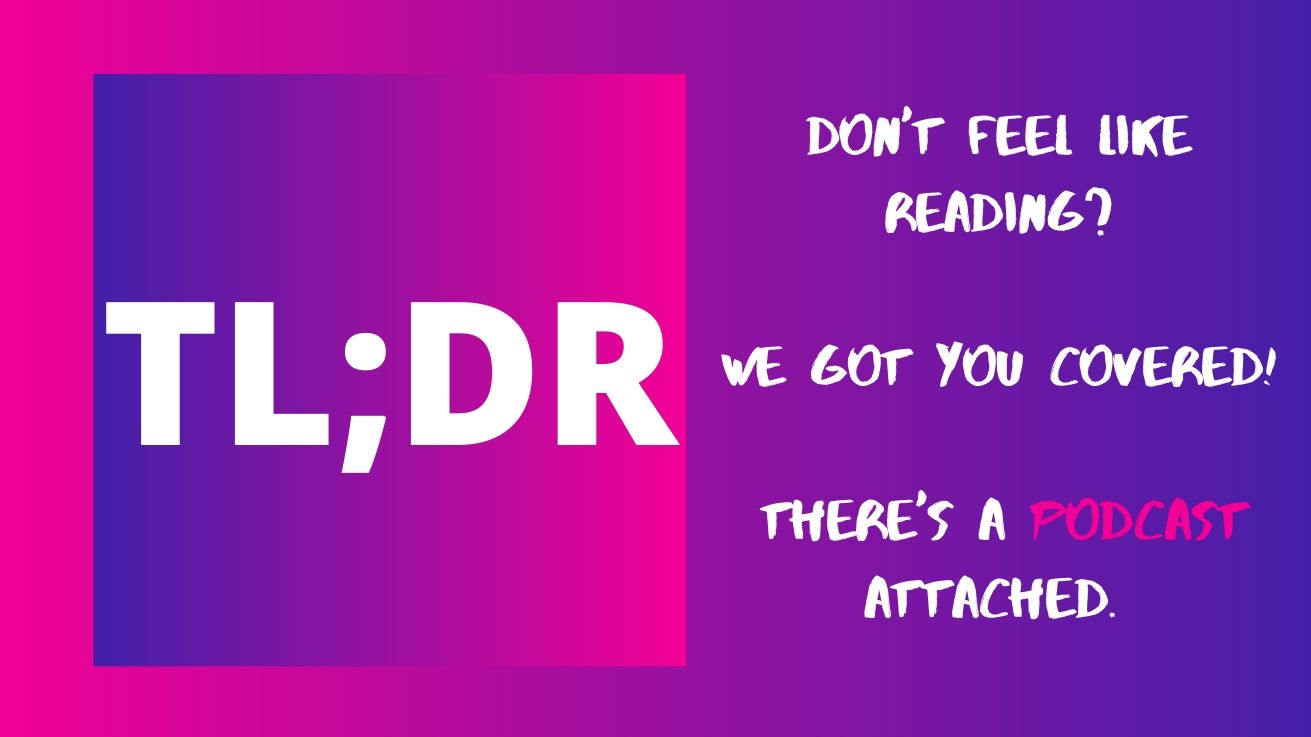Cell phones have the power to connect us to the world — and this is exactly what we're using them to do. We now have access to the unlimited world of information available. Mobile Internet traffic currently makes up over half of total global online traffic at 51.65%.
Where is that traffic going, though? For an overwhelming majority of us, it's social media. There were nearly 2.5 billion social network users around the world in 2017, and that number is only growing.
Of these users, over 2.4 billion are monthly active Facebook users. This is the most popular social media platform globally. One billion people worldwide access Facebook using mobile-only. Instagram, meanwhile, has over one billion monthly active users, while Twitter has about 330 million.
The implications of having that number of people sharing those kinds of platforms are massive. This is because spending time on social media is more than just watching cat videos on Facebook, looking at holiday photos on Instagram or vigorously debating with strangers on Twitter.

Harnessing the power of social media for good
These platforms broadly have the potential to drive positive change for individuals, businesses and broader communities by improving and streamlining the way we connect and work, as well as creating opportunities to do good.
There are countless examples all over the world, but one that really stood out was the
Tweetsgiving initiative that raised enough money in the space of 48 hours to build a classroom in Tanzania.
Another example centred around education but closer to home is the
'#CodeREaD' initiative, which aims to improve the literacy and reading rates of children in South Africa.
Although the campaign features several interventions, one of the key ones is starting a literacy movement in the country with an online book club driven by digital and social media platforms. This has the potential to help empower and teach more of our young people to read and build a reading culture nationally.
Youth empowerment has been identified as a priority for both the public and private sectors in South Africa, and social media is an important way to create change in this area. Another example is at HMD Global and its partnership with skateboarding superstar, medallist and World Record holder Jean-Marc Johannes.
We are seeing first-hand how social media can help young people kickstart and build their careers. Jean-Marc and HMD Global first connected through social media and created organic engagement through the community. The partnership has thrived and aspires to keep improving. Social media and mobile phones allow us to do things like this.
"Social media and my Nokia 9 PureView have really helped me grow my career and the sport by fitting into my hectic schedule," says Johannes. "I can edit all my photos and videos directly on my phone, and keep my fans, friends and family updated in real-time."
What these examples show is the unwavering ability of social media and mobile phones in conjunction to drive social goodwill and create collaborative partnerships — as well as communities that can help build careers and simplify how we work and communicate by enabling us to do so in real-time.
There can be no doubt that social media and mobile phones have emerged as a powerful force to tell important stories and drive change by bringing like-minded people together, allowing them to engage, plan and collaborate in ways we haven't thought of before.